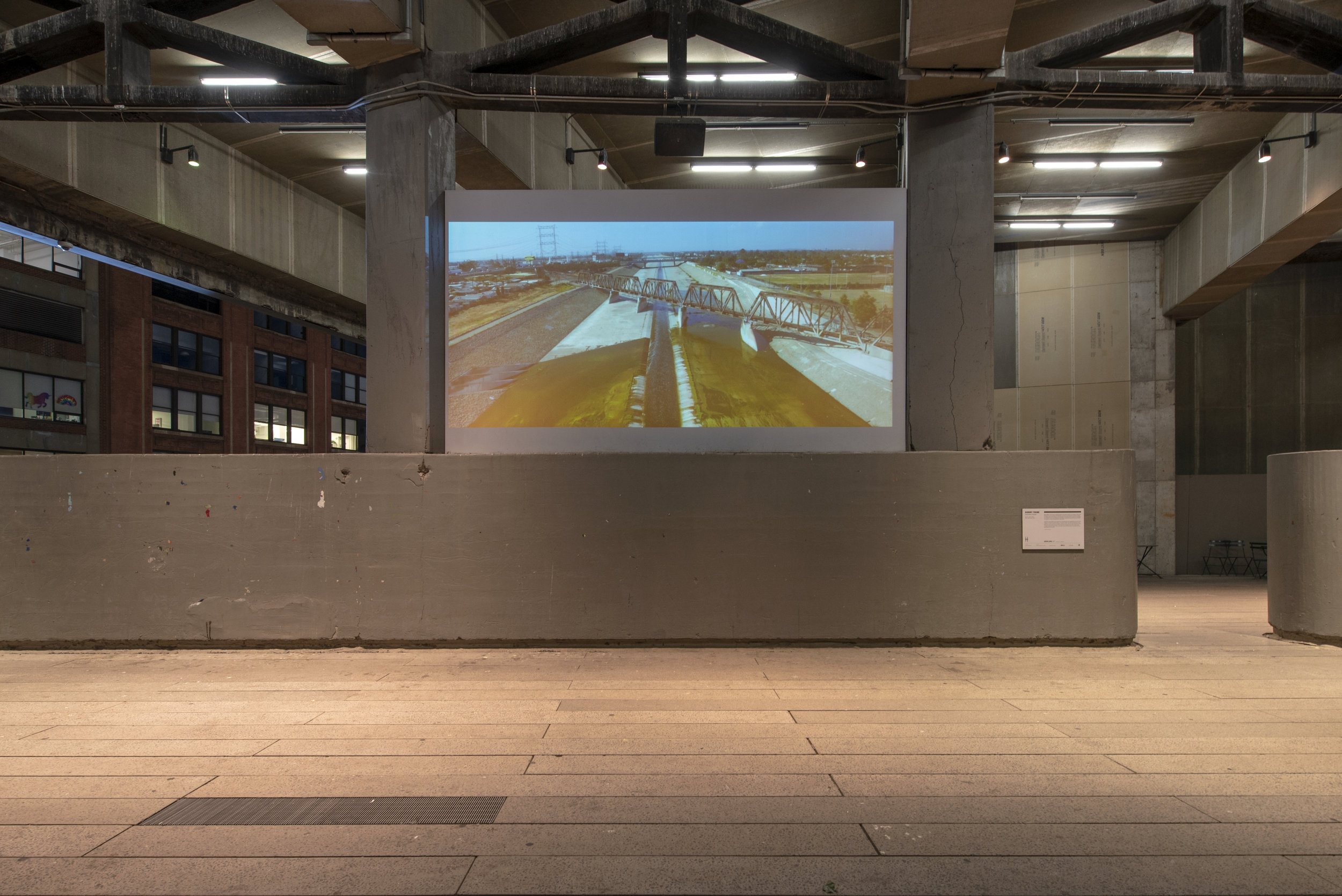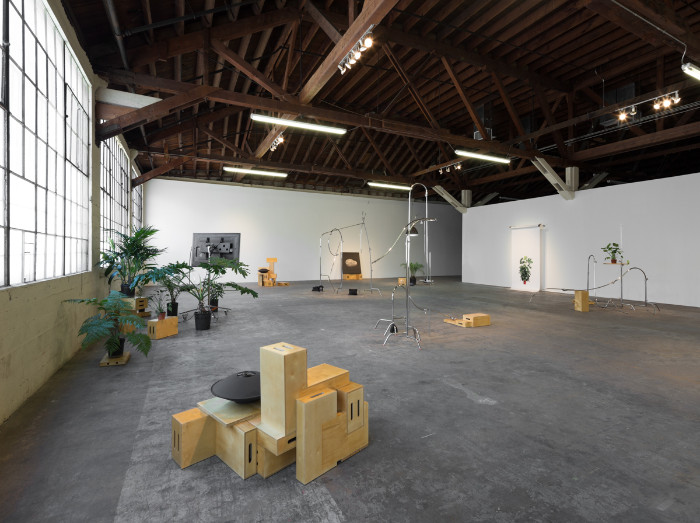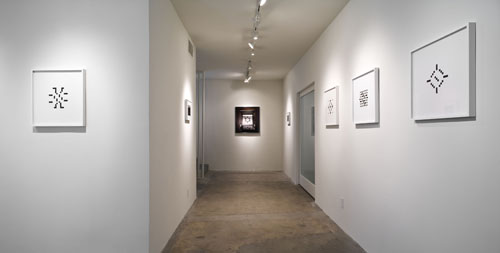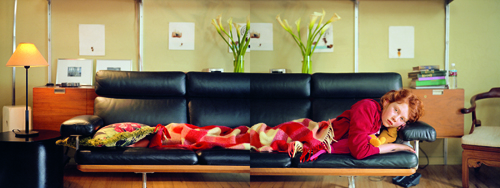















































“Memory does something funny to time, which we are accustomed to thinking of as linear and progressive. When we remember something, we bring it back to life. Neurologically, it's as though the experience were happening to us in the present. And of course our memories are always subjective, selective and shifting-we remember what we need to, how we need to.” – Kerry Tribe
Kerry Tribe (born in 1973, Boston) lives in Los Angeles. She received her MFA from the University of California, Los Angeles, in 2002 and was a Whitney Independent Study Program Fellow. For over a decade, her time-based works have explored memory and representation through film, video, performance, and installation. Focusing on the mechanics of representation—particularly cinematic representation—its metaphoric potential and its engagement with reality, her art addresses processes of thought and their relationship to subjectivity, narrative, place and time. Employing image, text, sound, structure, and space, her work plays upon the internal workings and ingrained habits of the mind, its unavoidable quirks, flaws, and shifting fault-lines. Stimulating both reflexive experience and a reflection upon such experience, she prompts an unusual type of self- consciousness, a disorienting and discomforting awareness of the gaps between perception, cognition, and memory, the fluidity—and ultimate unreliability—of each.
Solo exhibitions of Tribe’s work have been mounted at SFMOMA; the Wellcome Collection; the Anderson Collection at Stanford University; Kunstmuseum Ravensburg; Carpenter Center for Visual Arts; Emerson Contemporary; The Power Plant; Modern Art Oxford, and Camden Arts Centre. Her films have been screened at the International Film Festival Rotterdam; the New York Film Festival, and the BFI London Film Festival among others. Her works are held in collections including The Museum of Modern Art, The Whitney Museum, SFMOMA, LACMA, The Hammer Museum, The Getty Museum, SMAK Ghent and the Generali Foundation. She is a recipient of the Presidential Residency at Stanford University, a Herb Alpert Award in Film/Video, the Creative Capital award in Visual Art, a USA Artists Award, and a Guna S. Mundheim Fellowship at the American Academy in Berlin. She was a fellow at the American Academy in Berlin in 2005-2006, received her MFA from UCLA in 2002, and was a Whitney Independent Study Program Fellow in 1997-98. Tribe is represented by 1301PE in Los Angeles, where she currently lives and works.
Tribe's rigorously crafted, large-scale projects in film, video and installation form an ongoing investigation into memory, subjectivity, and doubt. Each of the new works which make up Dead Star Light takes shape using different technology - 16mm film, reel-to-reel audio and video - and each considers its material form from a structural standpoint. The works build on one another, and a number of common themes emerge (flight, alienation, erasure) which gain resonance when the projects are taken together as a whole.
Hardcover: 64 pages
Publisher: Arnolfini, Camden Arts Centre, Modern Art Oxford (2010)
Language: English
ISBN: 9780 901138 98 5
Catalogue produced in conjunction with Kerry Tribe's 2005-2006 Guna S. Mundheim Fellowship in the Visual Arts at the American Academy in Berlin and the artist's residency at the International Studio Program of the Kunstlerhaus Bethanien, Berlin.
Paperback: 162 pages
Publisher: American Academy in Berlin (2006)
Language: English
ISBN-10: 0978857402
North is West / South is East is organized around a series of drawings collected from strangers I approached at Los Angeles International Airport and asked to make maps of LA. Around half were drawn by people who actually live in Southern California. These tend to trace commutes, diagram neighborhoods, and mark the locations of events and environments significant in the lives of their makers. The rest were made by visitors from all over the world - Australia, Mexico, Hungary, New Jersey. These start to picture the idea of a Los Angeles that precedes it: palm trees and traffic, surfers and freeways, Baywatch, money and grids. Taken together these chance encounters begin to describe a place at once real and imagined. And in drawing from the generosity of strangers at LAX, the project hopes to disturb the instrumental logic of the airport, itself a non-place, where the only reason you visit is to get yourself somewhere else.
Paperback: 55 pages
Publisher: Kerry Tribe (2002)
Edition of 1000